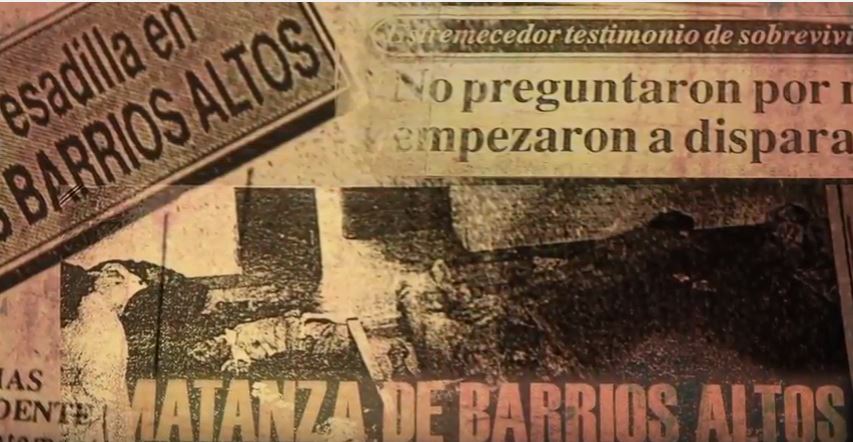






On November 3, 1991, six armed men, their faces covered in balaclavas, interrupted the celebration of residents living in the Barrios Altos neighborhood in Lima, killing 15 people, including one child. The attack also left four people injured and another disabled. Those responsible were members of “Grupo Colina”, a group affiliated with the Peruvian National Intelligence Service.
The case was not investigated judicially until April 19, 1995, almost four years after the events. Once they started, these investigations faced several challenges due to two amnesty laws, passed by Congress and supported by the military courts, that prevented their further development. These laws were eventually rejected by Judge Saquicuray, who took the case, and ultimately, also by the Inter-American Commission on Human Rights.
Impact of the case:
Help us continue this critical and urgent work with a donation!
DONATE NOW